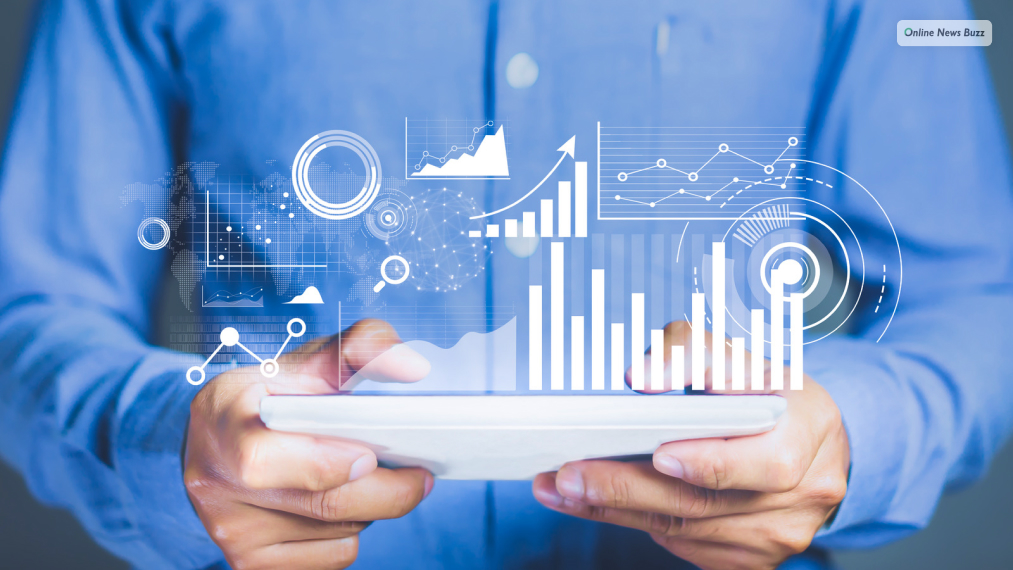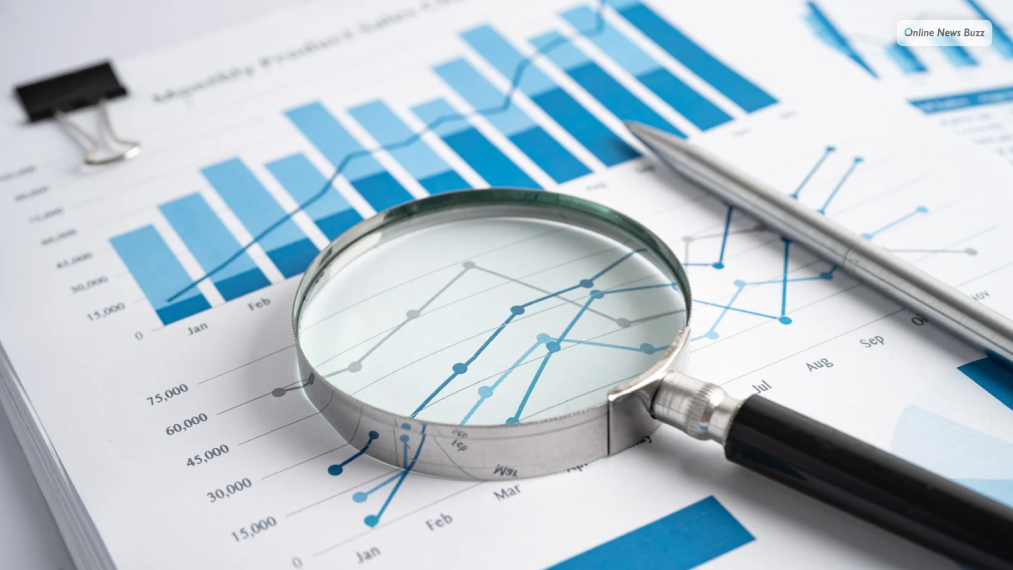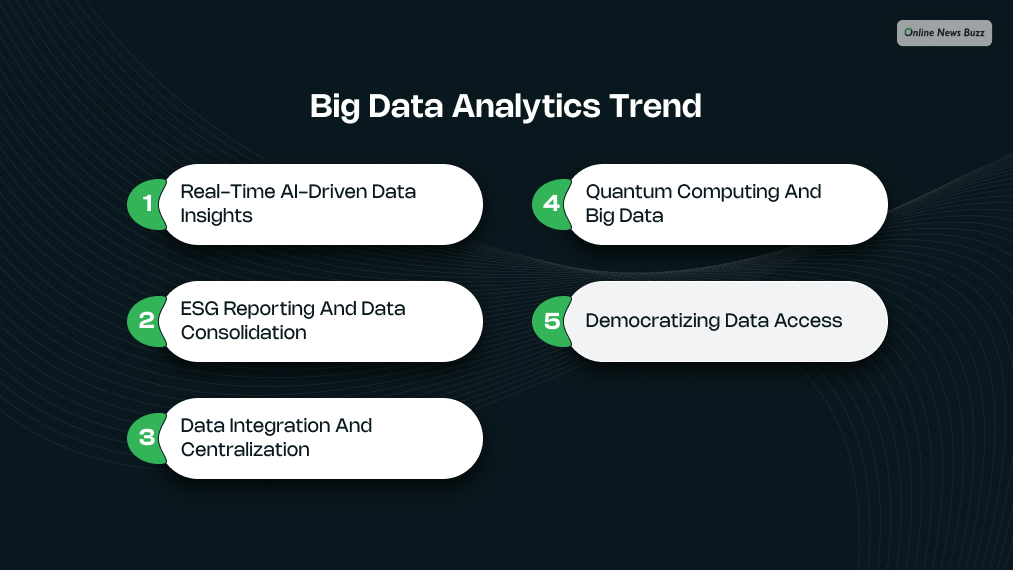
Over the last several years, big data has taken on an outsize role in business operations, but despite its scope, these practices don’t necessarily offer a complete picture.
Rather, big data programs typically only gather information on a handful of areas, while simultaneously generating too much of it. Now, let’s discuss more product analytics and its role.
Consumer insights and big data are translated into actual actions that produce above-market growth. Data from digital marketing campaigns play a particularly important role since experts tend to emphasize customer retention when developing advertisements, but overall this approach overlooks a critical area: the relevance of particular products to sales success.
If your business is hitting a wall trying to decide what data to collect and how to apply it, shifting your framework to focus on product analytics could make a big difference.
While other data is undoubtedly valuable, gaining a better sense of how specific products connect to the customer journey may reveal insights into your business that you’d never previously considered.
Big Data Analytics: The Basics

It is concerned with the process of gathering and analyzing raw data in order to draw conclusions. Every company gathers massive amounts of data, whether it’s market research, sales values, logistics, or transactional data.
The true value of data analysis lies in its ability to spot trends, risks, and opportunities in a dataset. Big Data analytics enables businesses to make better decisions by modifying their processes based on their findings.
This could include determining which new products to bring to market, developing customer retention strategies, or assessing the efficacy of new medical treatments.
Product Analytics: The Basics

In order to understand why you should prioritize product analytics, first, it’s important to understand the concept, and what makes it different from other aspects of big data.
Specifically, product analytics aims to understand how customers use a given product and, in so doing, create a greater attachment to the brand.
Product analytics entails a set of tools that allows product managers and teams to evaluate the effectiveness of the digital experiences they create.
This is sometimes described as increasing customer empathy, but in reality, by better understanding customers and specific customer cohorts, this practice increases brand empathy for the customer.
It provides crucial data for optimizing performance, diagnosing issues, and correlating consumer behavior with long-term value.
Why It’s Better Than Big Data:

If product analytics represents just another way of collecting information on customers and sales patterns, is there any reason to separate it from forms of data-driven sales, such as fashion forecasting practices?
While they may all seem to be fundamentally similar, such an interpretation overlooks how closely attuned product analytics are to the customer experience.
Recalling how businesses focus on customer retention, as noted above, it only makes sense to prioritize this subtype of data collection.
One way we might define the value of using product analytics, versus other forms of data collection, is by focusing on the UX component. Though applicable to virtually any product, product analytics is most commonly used by web and mobile applications and in e-commerce – industries that don’t focus on material goods.
Furthermore, it focuses on standardizing UX data, which is often driven by qualitative surveys, rather than quantitative measurements. That’s a powerful shift, given the importance of quantitative measurements to meaningful action.
Other Advantages:
Returning to the comparison to UX, the other core advantage to focusing on product analytics, versus other common measurements, is that it includes a vital, material element: it seeks to increase sales through better product design.
So, if there are products that customers frequently add to their carts but don’t buy – and for which this happens more often than for comparable products – the goal should be to determine who does buy it and what changes might be made to the product to drive purchases.
Every organization, from the smallest startups to the largest multinational corporations, must use data to drive innovation and business growth. The goals of big data analytics and product analytics are similar in that they both aim to optimize data to improve efficiency and solve problems, but there are some key differences.
Big Data Analytics Trend

Businesses are adopting an increasingly changing business environment. While firms use big data to make strategic decisions, they still only use 57% of the data they collect.
Most of the huge opportunity, or in other words, the 43% of the data that has not yet been tapped into, relates to businesses.
That unused data could really surprise stakeholders by holding surprisingly useful insights to drive further innovation; these speak to a need for better data management and analysis techniques, more accurate, real-time insights, and data-driven strategies.
1. Real-time .AI-driven data insights
In fact, AI and ML are revolutionizing the processing of big data. Many modern works in data processing can be automated by AI solutions-from 70% of all data processing works to 64% of data collection works, including playing a leading role in pattern identification and decision-making algorithm creation.
2. ESG reporting and data consolidation
ESG reporting is rapidly becoming an important trend in big data, especially with a rapidly evolving regulatory framework that happens in Europe. It focuses on the legitimacy of ESG claims and reducing greenwashing practices.
3. Data Integration and centralization
One of the big data trends to characterize 2024 is the consolidation of data from many systems into one unified storage solution. This is mainly driven by efficient data management and analysis, particularly regarding financial and production reporting.
Organizations are moving from having many disjointed tools to a unified central approach, where data is gathered in a single repository, similar to a data warehouse or even data lake.
4. Quantum computing and Big Data
Quantum computing is actually a step beyond the traditional style of computation in which the notion of quantum mechanics forms the basis. Operations in quantum computing are based on qubits, which may exist in many states at one time while, in the traditional model, a bit can only exist as either 0 or 1.
5. Democratizing Data Access
Data democratization is the most important trend of big data, extending analytics capabilities from the specialized IT departments to the nontechnical staff of a company. The prime reason it empowers the shift is the ease and simplicity of complex data analysis offered by data-as-a-service platforms with simple user interfaces.
Final Thoughts:
While there are other elements to the process, product analytics emphasis on buyer cohorts and meeting customers’ needs effectively, rather than continuing to push a product that customers aren’t drawn to, really sets it apart.
By moving away from the generic, dissociated data commonly emphasized in traditional marketing analytics, product analytics supports brands that want to more fully serve their customers, and at the end of the day, shouldn’t that always be the goal?
Read Also:




























